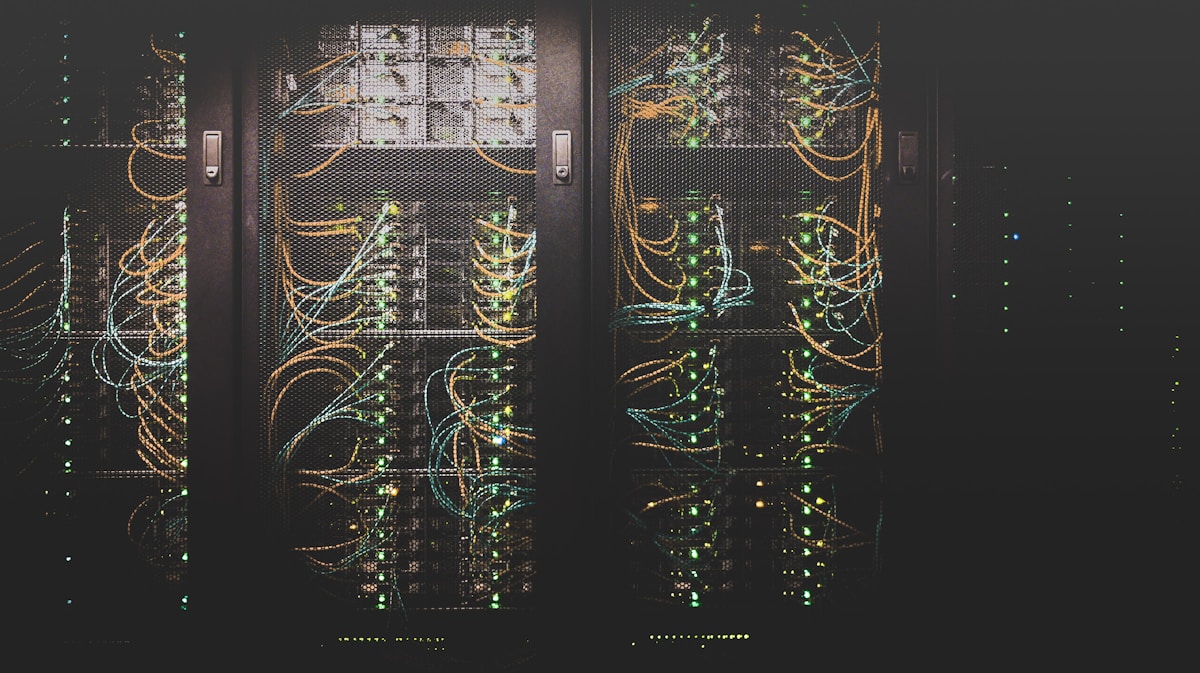
The Evolution of Computing Architecture
As we stand at the cusp of a new technological era, edge computing has emerged as a revolutionary paradigm that's reshaping how we process and interact with data. Unlike traditional cloud computing, which centralizes data processing in remote data centers, edge computing brings computation and data storage closer to the location where it is needed. This fundamental shift in architecture is not just a technical evolution; it's a response to the growing demands of our increasingly connected world.
The concept of edge computing has gained significant traction as organizations grapple with the limitations of traditional cloud computing models. While cloud computing has undoubtedly transformed the digital landscape, the exponential growth of Internet of Things (IoT) devices, coupled with the need for real-time processing and reduced latency, has necessitated a new approach to data processing and management.

The Driving Forces Behind Edge Computing
Several key factors are accelerating the adoption of edge computing. The proliferation of IoT devices, from smart home appliances to industrial sensors, is generating unprecedented amounts of data. By 2025, it's estimated that there will be over 75 billion connected devices worldwide. Processing this massive volume of data in centralized cloud locations is becoming increasingly impractical, both from a bandwidth and latency perspective.
The emergence of 5G networks is another crucial catalyst. With its promise of ultra-low latency and high bandwidth, 5G technology complements edge computing perfectly. Together, they enable new applications and use cases that were previously impossible, from autonomous vehicles to augmented reality experiences.
Transforming Industries Through Edge Computing
The impact of edge computing spans across various sectors. In manufacturing, edge computing enables real-time monitoring and predictive maintenance of equipment, reducing downtime and improving efficiency. Healthcare organizations are leveraging edge computing for remote patient monitoring and instant analysis of medical imaging data. Smart cities are utilizing edge computing to manage traffic flow, optimize energy consumption, and enhance public safety through real-time video analytics.

Revolutionizing the Retail Experience
The retail sector is witnessing a significant transformation through edge computing. Retailers are implementing smart shelves that monitor inventory in real-time, automated checkout systems that eliminate queues, and personalized shopping experiences through facial recognition and AI-powered recommendations. Edge computing makes these applications possible by processing data locally, ensuring quick response times and maintaining customer privacy.
Enabling the Future of Transportation
In the transportation sector, edge computing is a crucial enabler for autonomous vehicles. These vehicles generate massive amounts of data from various sensors that need to be processed in real-time for safe operation. Edge computing nodes along roadways can process this data locally, enabling vehicle-to-vehicle and vehicle-to-infrastructure communication with minimal latency.
Enhancing Cybersecurity and Privacy
Edge computing also brings new approaches to cybersecurity and privacy. By processing sensitive data closer to its source, organizations can better comply with data protection regulations and reduce the risk of data breaches. Edge computing can act as a first line of defense against cyber threats by detecting and responding to security incidents in real-time.
The Environmental Impact
The environmental implications of edge computing are significant. By reducing the need to transmit large amounts of data to centralized data centers, edge computing can help decrease energy consumption and carbon emissions associated with data transmission and processing. Additionally, edge computing enables more efficient resource utilization in various applications, from smart buildings to industrial processes.
Challenges and Considerations
Despite its potential, edge computing faces several challenges. The distributed nature of edge infrastructure makes it more complex to manage and secure. Standardization across different edge computing platforms and ensuring interoperability between various systems remain ongoing challenges. Additionally, organizations must carefully consider the balance between edge and cloud computing to create optimal hybrid solutions.
The Road Ahead
As we look to the future, edge computing will continue to evolve and enable new possibilities. The integration of artificial intelligence and machine learning at the edge will lead to more intelligent and autonomous systems. The development of edge-native applications and the emergence of new business models will further drive innovation in this space.